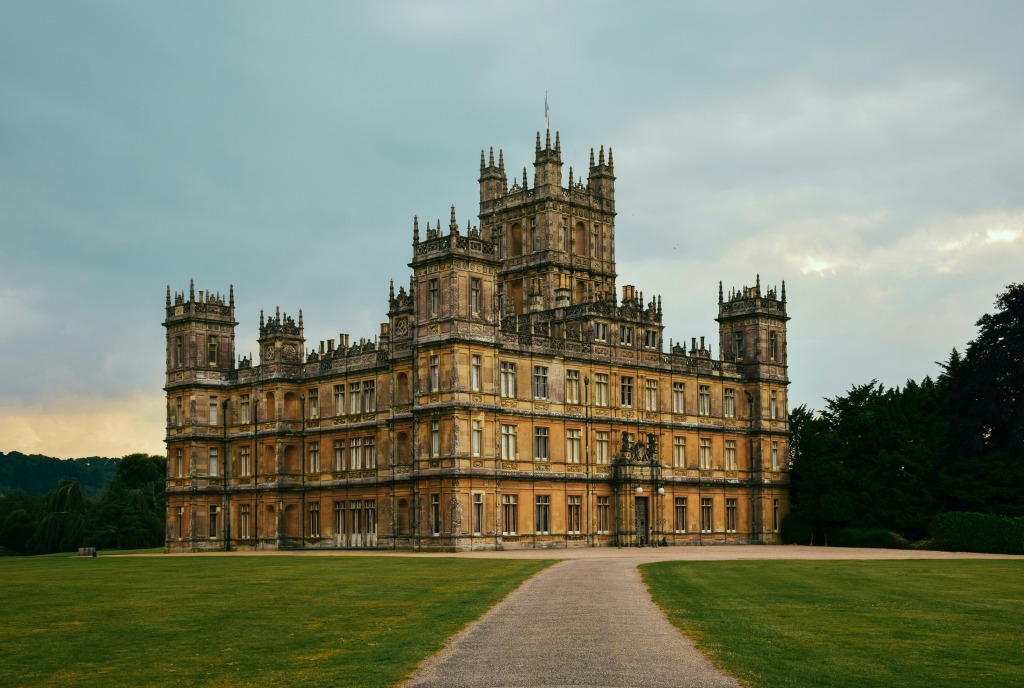Amid the clinking of china plates, striking gowns and conversations in candlelit drawing rooms, the lives of aristocrats and their servants intertwine at the grand English manor of PBS’ notable period drama series. Set in early 20th-century Britain, Julian Fellowes’ beloved “Downton Abbey” explores themes of class, tradition and the time’s declining national aristocracy.

In the United States, “Downton Abbey” first aired in 2011 and concluded in 2015. After the tragic sinking of the Titanic, the wealthy Crawley family and their estate, Downton Abbey, face an uncertain future; in need of a male heir, the family is forced to accept Matthew Crawley as their new successor.
As a family, the Crawleys experience no shortage of challenges evolving around World War I, changes in class structure, political upheaval and shifting British traditions. In contrast, the clan’s servants experience the same shifts from a different perspective.
Throughout the course of six seasons, “Downton Abbey” explores the diverse lifestyles of Victorian England. In an interview with The Telegraph, Fellowes reflected on his show and its portrayal of various walks of past British society.
“I think the reason why people love ‘Downton Abbey’ is because all the characters are given the same weight. Some are nice, some are not, but it has nothing to do with class or oppressors versus the oppressed,” Fellowes said.
Accompanied by a musical score from John Lunn, “Downton Abbey” creates an elegant aesthetic indicative of the era’s setting. From its first episode, the show portrays the luxury of British aristocratic life, as well as the contrasting lives of the people who served them.
According to a review by The Guardian, Richard Vine criticized “Downton Abbey’s” nostalgic tone and its dramatized depiction of historical England.
“At home, the show has always played like a posh pantomime – a fantasy vision of a Britain that never really existed, where everyone from kitchen maid to second footman is happy with their lot because the people at the top are such … decent chaps,” Vine said.
Michael Engler, the director of “Downton Abbey,” explained the emotional depth of the show in a New York Times article.
“(The Crawley family is) like a swan on a lake, graceful and serene above, but with madly paddling feet below,” Engler said.
Many of the show’s story arcs last only a few episodes, while important ones prevail across multiple seasons. Regardless, the show remains true to its romanticized picture of British aristocracy and servant loyalty.
“Downton Abbey” imbues a lot of humor. Many of its iconic lines are attributed to the character Dowager Countess Violet Crawley, played by the late actress Dame Maggie Smith. For many viewers, the show’s sense of comedy keeps them coming back for more.
Brandon Ambrosino, a contributor to Vox, commented on the show’s humor.
“‘Downton Abbey’ is much more than a television show. It’s a cultural touchstone — a gif-able, meme-able, hate-watch-able series with all the trappings of BBC royalty,” Ambrosino said.
Through its nostalgic depiction of British history, hilarious one-liners and profound themes, “Downton Abbey” stands out as a brilliant show that will continue to captivate audiences for generations to come.
Solem is a Feature writer.

meme soundboard
May 8, 2025
Downton Abbey is such a classic! I loved getting lost in the drama and the beautiful costumes. Maggie Smith as the Dowager Countess was just iconic. Seriously need to rewatch it soon!